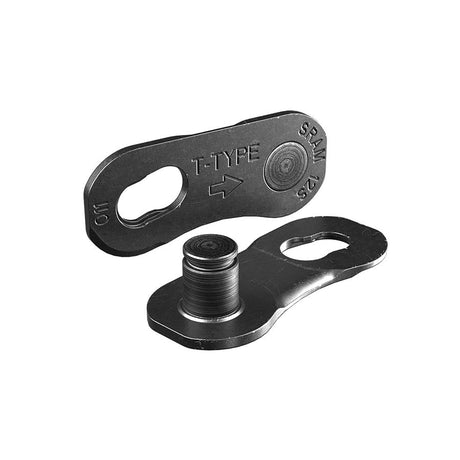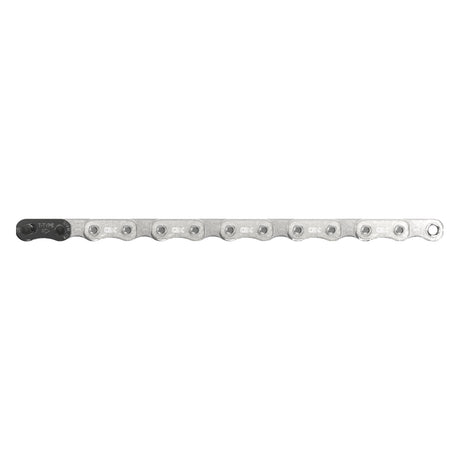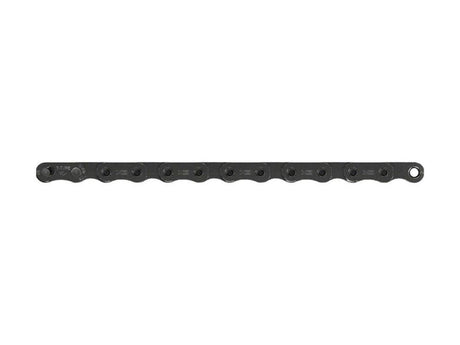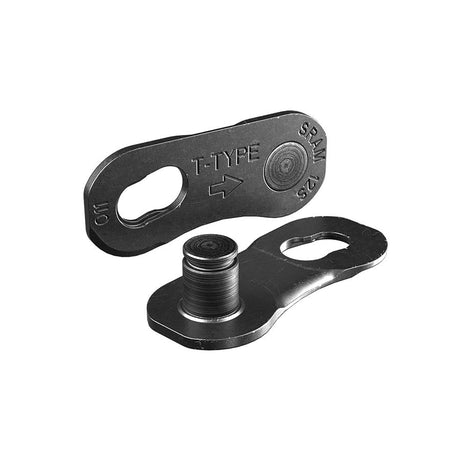Intro
Sram is forcing rest of the world is finally catching up with the UK, and we’re all calling their new drivetrain a “Transmission.” The change begs the question; “How different is the Sram Eagle Transmission to its predecessor, the Eagle drivetrain that has become ubiquitous across all types of mountain biking.”
SRAM has made some big claims about the performance about the Transmission, but they’ve also done the same with their previous drivetrains, so let’s try to sift through the marketing and see what the real differences are between a SRAM drivetrain and a SRAM Transmission!
SRAM Transmission
Pros
- Easier to setup
- More Durable
- Better performance
- Shifting under load
Cons
- UDH requirement
- Needs to be charged more often
- Slightly heaver
SRAM Drivetrain
Pros
- Compatible with all frames
- Slightly lighter
Cons
- Uses a derailleur hanger
- B-tension and limit screws
Configurations
With the Transmissions still being brand new, there are only three available configurations at the time of writing this article: X0, XX, and XX SL. These three options are the cream of the crop, all with fantastic performance and wireless shifting. I can only assume that we’ll see more options in the future, but for now, it’s just the three.
When it comes to Eagle drivetrains, there are seemingly endless options, with 8 different complete drivetrains with a huge range of performance, prices, and cabled or wireless action - from NX all the way up to XX1 Eagle AXS. Pretty much everyone is going to find something that fits their need, and because every groupset is cross compatible within the Eagle drivetrain family, you can pick and choose exactly which components you want to ball out on and which ones to save some cash on.
For now, the previous generation wins the competition for options, but if you remember when Eagle was originally released, there were only two options available, even fewer than the Transmission, and they’ve slowly expanded the range over time. Whether or not the Transmission line will expand to include cable actuated derailleurs remains to be seen, but we can only assume that more affordable options will be made available down the line.
Installation
If you’ve ever installed any kind of 1x drivetrain before, any Eagle drivetrain will be super familiar and install exactly the same as any other brand of drivetrain. That means bolting on the cassette, derailleur, shifter, and crankset, measuring and cutting the chain, and then dialing in the derailleur. Of course everyone’s experience with adjusting derailleurs is going to be different, but I know it’s the single most time consuming part of installing the drivetrain for me, and the Transmission streamlines this part of the process.
The Transmission setup is similar to any other drivetrain but does have some different steps that require specific torque specs, so definitely check out an installation video your first time through the process! None of the steps are terribly difficult and there are a bunch of resources to make the process as easy as possible, but by eliminating all of the adjustments on the derailleur, I’ve found the installation process as a whole to be much less of a headache. SRAM is able to eliminate the b-tension and limit screws because the derailleur and cassette are mounted around the same center point of the axle, and there aren’t any variables like the frame or derailleur hanger in the way of lining the derailleur up perfectly with the cassette.
Compatibility
One of the reasons for Eagle’s popularity over the years is that it is compatible with every single modern mountain bike as long as your freehub is an XD driver body. Your shifter, derailleur, cassette, and crankset will bolt on without any hassle at all, and you can easily swap out parts from frame to frame is you want to switch things up.
Unfortunately, for the Transmission, you won’t be able to install the latest and greatest from SRAM onto just any bike. All Transmissions will only fit on bikes that are designed around the SRAM UDH, which was introduced a few years ago as a means to standardize the derailleur hanger instead of every frame manufacturer designing their own solution to the same problem. Luckily, the majority of bikes released in the past few years have been designed around the UDH standard, and we assume that the majority of bikes released in the future will be as well, but for now, not every bike will work with the SRAM Transmission.
Performance
The previous Eagle drivetrains are specced on the majority of high end mountain bikes because of its consistent performance and ease of use. Eagle has been the standard of drivetrain that all other drivetrains have been compared to since its release, and has remained among the top performers for the last 6 years. A well setup Eagle drivetrain will keep all mountain bikers happy, and is the drivetrain that pretty much everyone here at The Lost Co rides. With that being said, if you really want to nitpick, there are some shortcomings with the Eagle drivetrain, and all them are tackled head on by the new Transmission.
The first improvement Transmission has made over the old drivetrain is in its shifting under load. This one is a bit of a head scratcher, because when you shift the drivetrain and Transmission next to each other in a stand, it’s impossible to see what the Transmission is doing differently, and we looked at it from every angle we could. But when you get it out onto the trail, there are some stark differences between the two. The Transmission shifts better the harder you pedal it, which is which is the exact opposite of every other drivetrain out there. Those pops and bangs that come from the sprint and shift are a thing of the past, and the Transmission doesn’t put a fight at all when you’re hammering on the pedals and grabbing as many gears as you can.
Because the Transmission shifts better under load, you can shift anywhere you want on technical climbs instead of strategically timing your ease off the power to coax the chain onto the next cog. Now, you can basically turn your brain off and shift where ever you want without ever taking your foot off the gas pedal while the Transmission quietly glides the chain to its destination. This is a pretty rad feature for anyone racing their bike, because you can just focus entirely on pedalling as hard as you can instead worrying about where to shift.
Another feature that the Transmission has above the Eagle drivetrain is the updated cassette spacing. Recently, I’ve been nerding out pretty hard about cassette spacings and the optimal spacing between each cog, and the new 10-52 Transmission cassette is a huge upgrade over the old 10-52 Eagle cassette. By increasing the second and third gears by 2 teeth each, the jumps between the cogs are far more uniform across the cassette and you avoid that huge jump from second to first on the old Eagle cassette. Now instead of feeling like there’s a missing gear between first and second, there’s a natural progression through the cassette that feels far more natural while you’re pedalling it.
Durability
If you’ve done any research on the Transmission then I’m sure you’ve seen someone standing on the derailleur to prove how strong it is, which is pretty goofy and hard to really understand what they’re trying to show. Because there isn’t any hanger protecting the frame and derailleur, SRAM has drastically beefed up the whole derailleur and the arms that attach it to the frame are monstrous. That all adds up to a derailleur that I tried my best to break, smacking it into just about everything I could find on the trail and it shrugged off hits with ease. Not only that, but because there’s no hanger, my shifting was 100% dialed even after an impact that would bend or break a hanger on a traditional drivetrain.
Not only is the whole derailleur stronger, but it’s more rebuildable as well. The cage is incredibly easy to replace, and takes just a few seconds to unscrew an old one and screw on the new one. There are also a few skid plates protecting the parallelogram that are easily replaceable in case you want to keep the derailleur looking fresh down the line without replacing the entire assembly. Aside from the derailleur, the new flat top chain is the strongest chain SRAM has made, and by redsitributing some of the material from the sides of the chain to the top, the overall strength has increased without gaining weight.
Value
It’s easy to look at the $1599 price tag of the X0 Transmission and freak out about how expensive it is, and wonder how a drivetrain could possibly be more expensive than a brand new top of the line fork. That was my initial reaction at first, but when compared to the $1700 price tag of an X01 AXS drivetrain, it starts to look like a pretty good deal! Well there’s still no getting around how pricy these Transmissions are, but even with all of that upgraded performance, the price is actually lower than the previous generation product, which seems like a rarity these days. But if you’re looking for more affordable options, you can get an entire GX drivetrain for about the price of an X0 Transmission derailleur, and the cabled drivetrain options will always be more affordable than the pricy AXS.
Which Is Best For You?
Both the SRAM Transmission and Eagle drivetrain are great groupsets, but the new SRAM Transmission is a cut above the rest. With seamless shifting under load and impressive reliability, the Eagle Transmission offers a level of refinement and pose that the previous generation Eagle just can’t match. So if you’re building up a new bike that uses a UDH and want the best drivetrain option on the market, the SRAM Transmission is the obvious choice. But if you’re balling on a budget and need to cut prices on your drivetrain, the Eagle drivetrain has some more affordable options that will work great for you no matter what kind of derailleur hanger your frame is built around.





